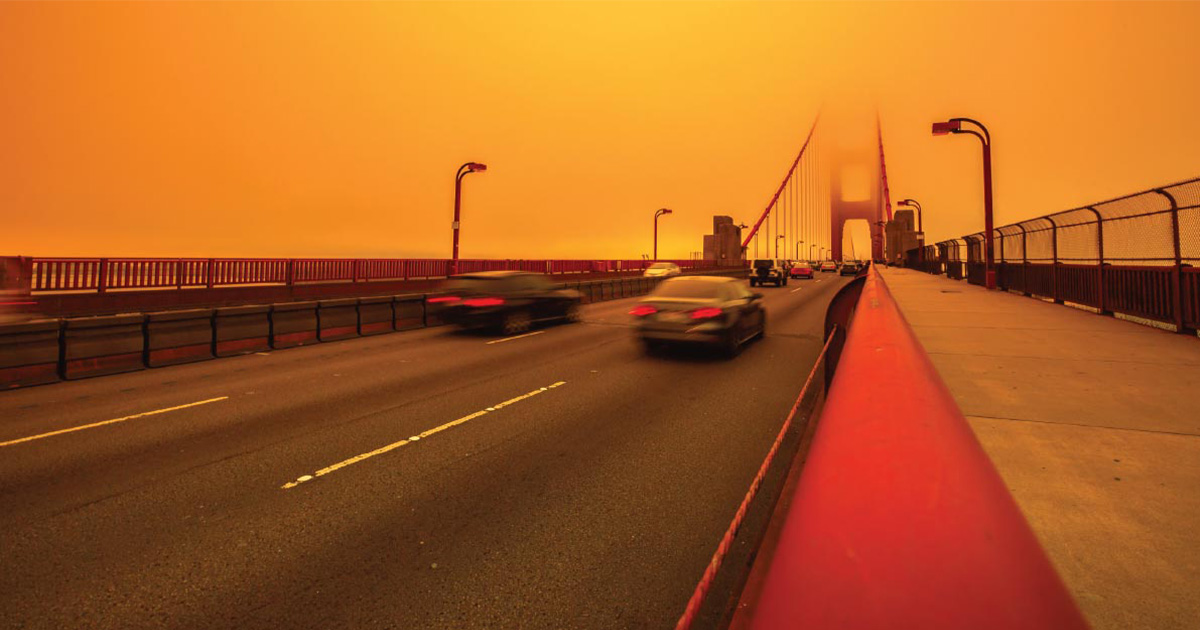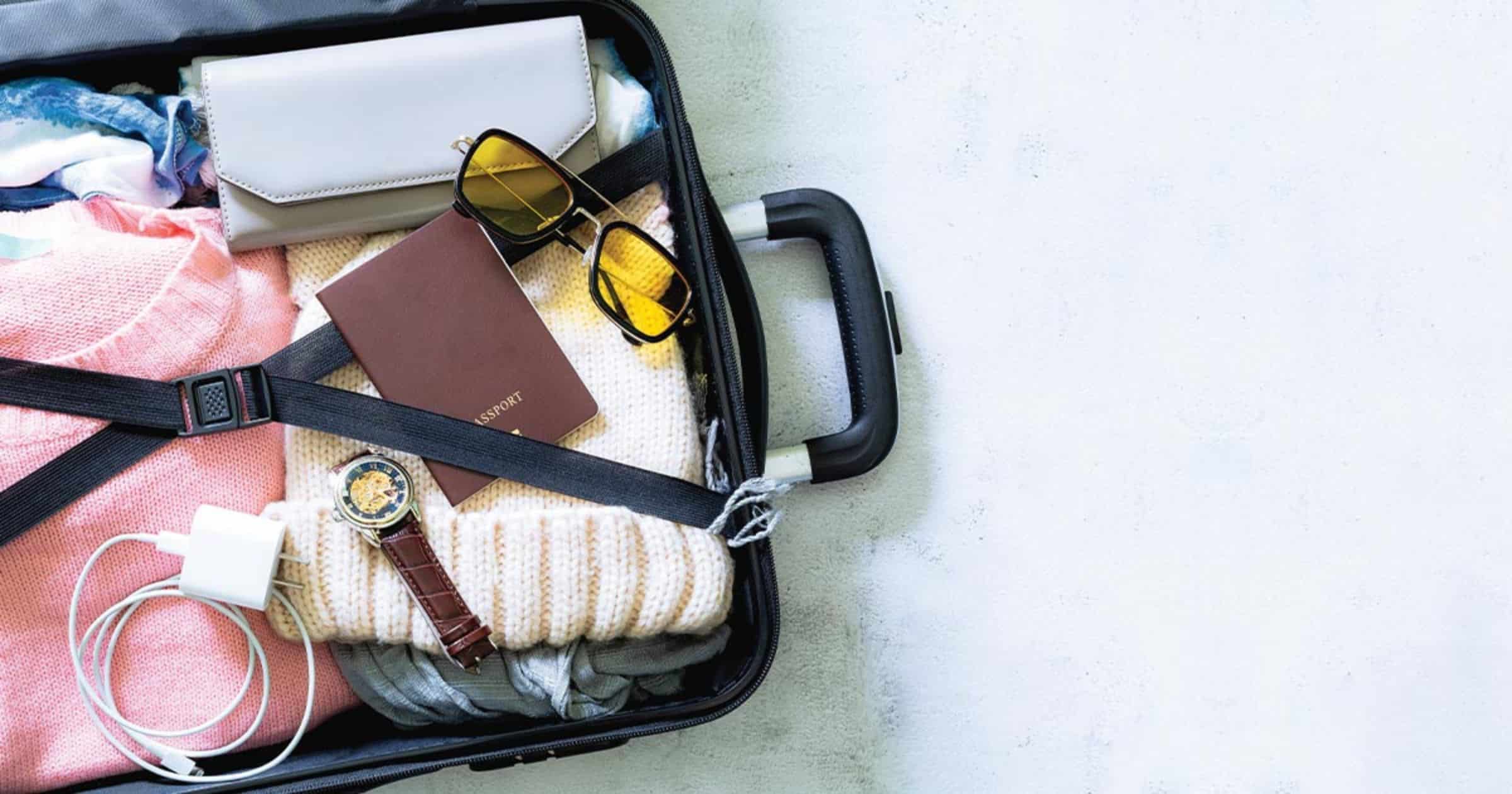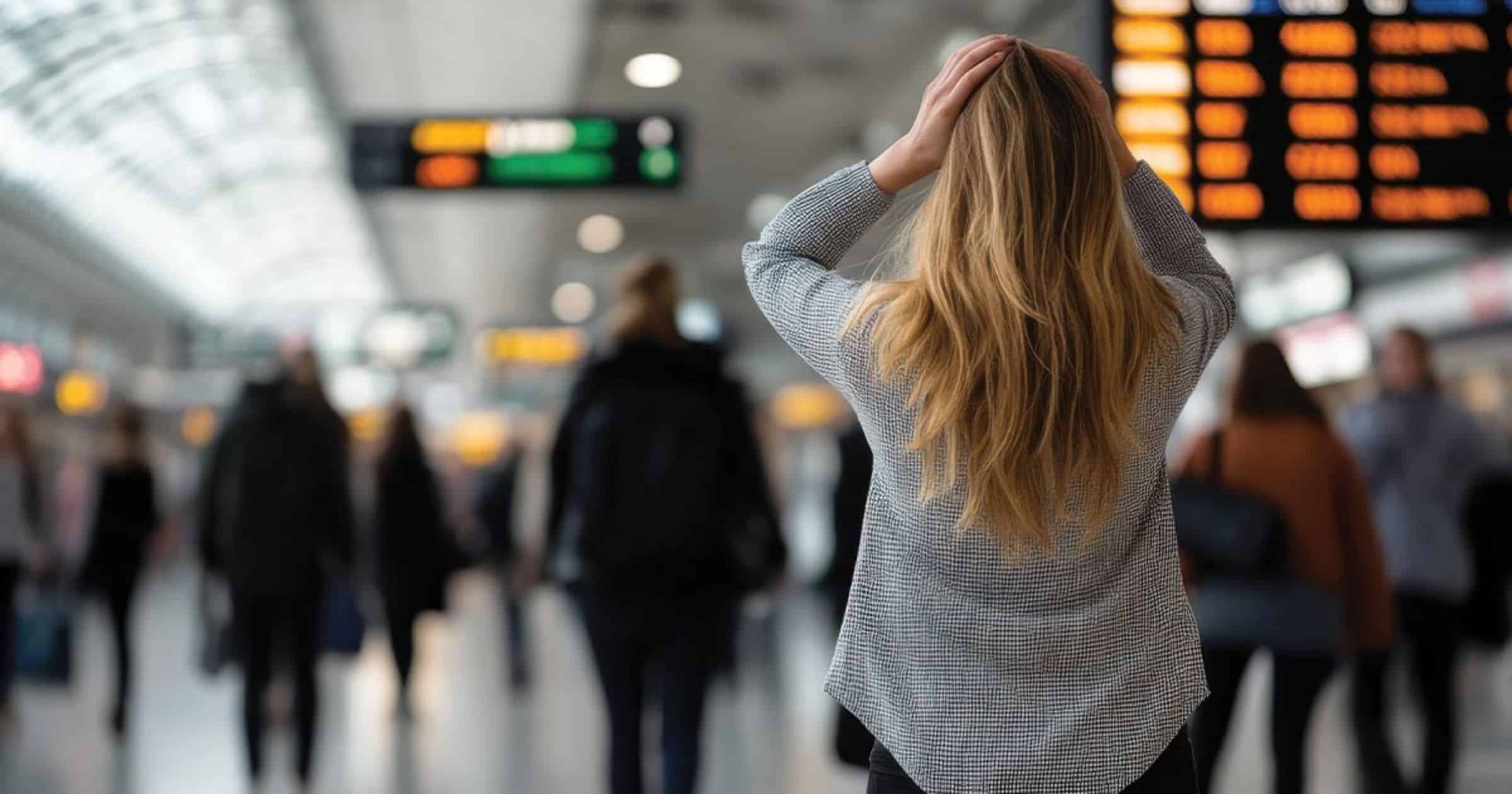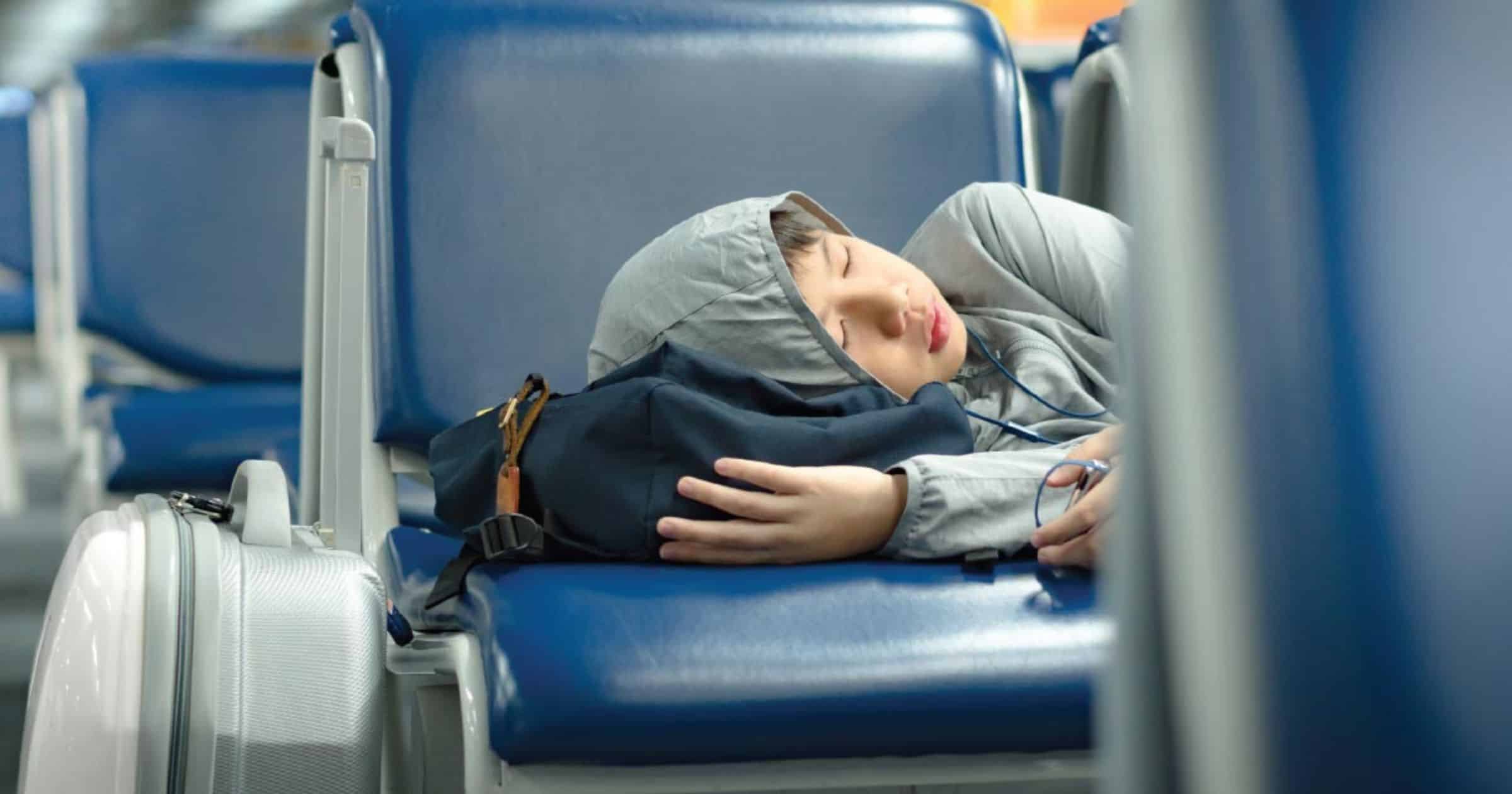As the pandemic fades away, a new challenge for travel has arrived: wildfires.
Thanks to a warming climate that spurs on more lightning, the frequency of wildfires has increased around the world, from Australia to California, and most recently, Canada. And not only do the fires themselves create a dangerous situation, but the smoke and smog drifts out for hundreds of miles.
So, let’s take a look at how wildfires might affect your travel in the future.
How It Affects Us
This smoke reduces visibility and its small particles can be dangerous for health, especially for young children, whose lungs aren’t fully developed, and people with underlying chronic conditions like emphysema, asthma and heart disease. Even the fittest of us may experience short-term symptoms like shortness of breath, irritated nasal passages and coughing.
How to Avoid Them
Unfortunately, wildfires are very hard to predict more than a few days out. However, you can at least keep track of current conditions with resources like AirNow.gov, which provides air quality, forecasts and interactive maps. Slightly easier to forecast is the smoke trajectory, as prevailing winds can give an idea of where it will blow. You could potentially end up near a wildfire but largely unaffected by it, if the wind sends the smoke in the other direction.
It’s also helpful to think about when and where you’re taking your trip. If you’re hoping to head to a state or country with historically frequent wildfires, consider going outside of May through August, when fires are most likely and summer weather struggles to defuse smoke.
How Smoke Affects Travel
As we saw this summer with the Canadian wildfires, smoke can end up in unexpected places like New York City if you’re unlucky enough. There’s no sense in staying up at night worrying about this low possibility, but it is worth preparing for.
This is yet another case where travel insurance proves its worth. Depending on your plan, it may cover flight delays caused by reduced visibility from the smog. Insurance may also cover meals, accommodations and transportation costs if you end up stranded somewhere. This summer, some airlines themselves were issuing waivers allowing passengers to reschedule their flights at no additional cost.
Staying Healthy
If you find your group caught in wildfire smoke while travelling—or even embarking on a trip despite the smoke—it’s important to be prepared. First, consider replacing all outdoor activities with indoor experiences, where the HVAC system can help filter air. You may not have a choice, as many events are cancelled and attractions are closed when smoke gets bad. Having a backup itinerary is a huge help.
Second, depending on the air quality, you might consider sending anyone on the trip with respiratory issues home early. It’s sad, but for their own safety. Third, make sure to wear N95 or other respirator masks when moving around outside. Fourth, you can treat minor symptoms with eye drops and nasal spray.
Finally, if the air quality is decent enough to brave the outdoors but still not quite perfect, consider downgrading the intensity level of whatever you’re doing. Instead of taking the long, scenic route with lots of hiking, this might be one time where shortcuts are called for.
This article originally appeared in the September 2023 Teach & Travel issue.





